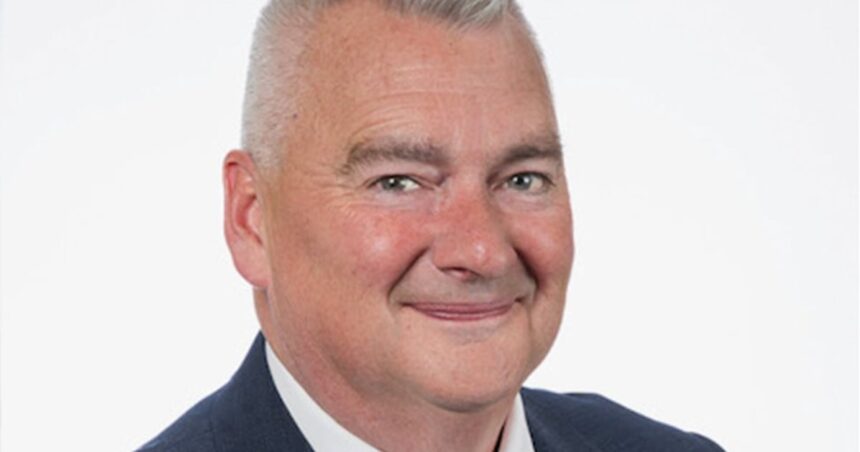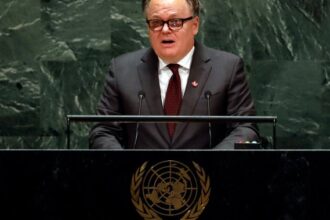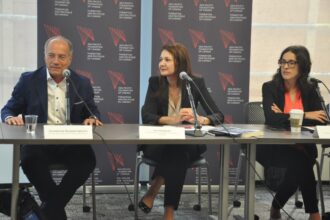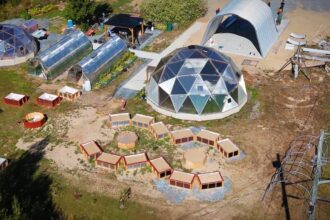In a decisive move that will shape the northern territory’s political landscape for years to come, Yukon Premier Ranj Pillai announced Thursday that Yukoners will head to the polls on November 3 for a territorial general election. The announcement, made outside the territorial legislature in Whitehorse, ends months of speculation and sets the stage for what promises to be a hard-fought campaign in Canada’s rugged northwest.
“Today, I met with Commissioner Adeline Webber and asked that she dissolve the Legislative Assembly,” Pillai told gathered reporters, his breath visible in the crisp autumn air. “Yukoners deserve a clear mandate from their government as we face unprecedented challenges and opportunities.”
The Liberal leader’s decision comes at a pivotal moment for the territory of roughly 44,000 residents. Pillai, who took office in January 2023 following Sandy Silver’s resignation, has governed with a minority government that has relied on a confidence and supply agreement with the Yukon New Democratic Party. That arrangement, set to expire in January 2026, will now effectively end with the election call.
Political analysts suggest the timing reflects strategic calculations by the Liberal government. “The Liberals likely see an advantage in going to voters now, before the winter economy potentially slows and while they can point to relatively strong territorial finances,” explains Dr. Heather Thompson, political scientist at Yukon University.
The campaign will unfold against a backdrop of pressing territorial concerns. Housing affordability has reached crisis levels in Whitehorse, with average home prices increasing over 25% in the past two years. Meanwhile, healthcare accessibility in remote communities remains challenging, with staffing shortages plaguing several rural health centers.
Resource development continues to divide Yukoners, with the territory balancing mining interests against environmental concerns and First Nations rights. The Yukon Party, led by Currie Dixon, has consistently criticized the Liberals for what they characterize as insufficient support for responsible resource extraction.
Kate White, leader of the Yukon NDP, responded to the election announcement by highlighting her party’s accomplishments during the confidence and supply agreement. “We’ve delivered real results for Yukoners by pushing for improved healthcare access and more affordable housing options,” White said in a statement. “But there’s much more work to be done.”
The 31-day campaign will be relatively brief by Canadian standards, with all three major parties having already nominated candidates in most of the territory’s 19 ridings. The Liberals currently hold 8 seats, the Yukon Party 8, and the NDP 3.
First Nations governance issues will feature prominently in the campaign. The territory operates under the landmark Umbrella Final Agreement, with 11 of 14 Yukon First Nations having signed self-government agreements that grant them significant autonomy. The implementation of these agreements and government-to-government relations will undoubtedly factor into voters’ decisions.
Beyond local issues, the election will also reflect broader Canadian political currents. Federal-territorial relations, particularly around climate change initiatives and northern sovereignty, may influence voting patterns in a region increasingly impacted by warming temperatures and international Arctic interests.
As campaign signs begin appearing across communities from Watson Lake to Dawson City, Yukoners face a fundamental question about their territory’s future: Will they endorse the current Liberal-led approach of incremental change through cross-party cooperation, or opt for a new direction in navigating the complex challenges facing Canada’s mountainous northwestern frontier?










